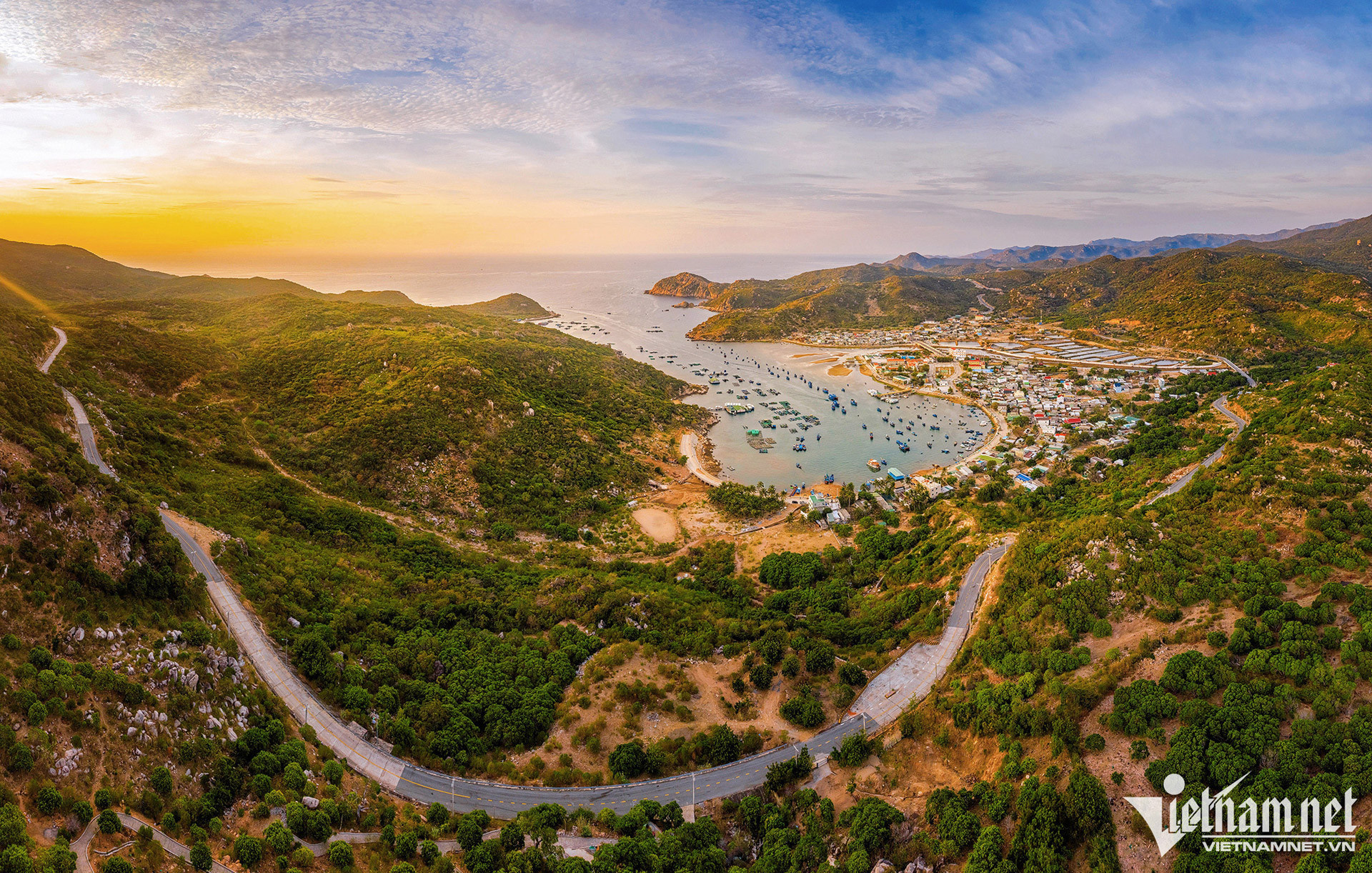
The Ninh Thuan People’s Committee on April 19 organized a press conference to publicize the provincial development planning in 2021-2030 and to promote investment in the locality.
According to Ninh Thuan deputy chair Trinh Minh Hoang, planning was approved in November 2023 to generate special values to make the local economy more competitive, and exploits its advantages to create space for growth.
“The planning clearly shows the viewpoints and development orientations, with the strategic vision and with new driving forces and strong determination of the provincial Party Committee and all Ninh Thuan’s people,” Hoang said.
Under the plan, Ninh Thuan aims to be among the group of localities with higher average income of the country by 2030; and to obtain comprehensive, fast and sustainable development by 2050.
The province needs to allocate resources for socio-economic development, national defence, security and environmental protection.
Planning is the top priority, with a new way of thinking and long-term strategic vision. The planning will help create a legal framework and serve as an important tool to effectively allocate and use resources.
According to Ninh Thuan Planning and Investment Department, 10 years ago, Ninh Thuan was the first province in Vietnam that got the nod from the Prime Minister to hire foreign consultants to draw up a development plan in accordance with the new approach.
The plan has been upgraded and supplemented with new methods and resources.
5 pillars
Hoang said provincial authorities have identified five major pillars for development based on advantages and potential.
Developing renewables is the top priority and the province’s long-term development strategy.
Ninh Thuan has specific geographical and weather conditions which cannot be found anywhere else in the country, with 2,800 hours of sunshine during 10 months a year and one-way wind.
The other pillars include tourism, processing industry development, hi-tech agriculture in and real estate development.
In the immediate time, the provincial authorities will name 55 projects calling for investment, including nine in the renewables sector, 18 in trade, service and tourism, nine in processing industry, five in agriculture and 14 in real estate.
Bao Anh